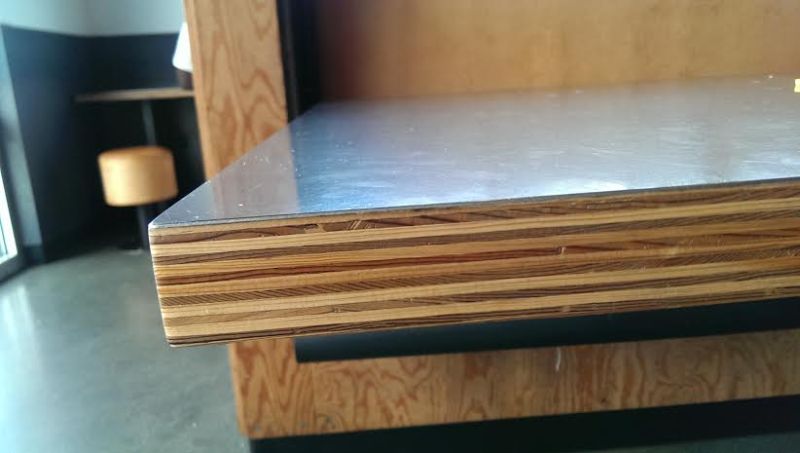Drilling Deep Holes in End Grain
Advice on how to drill three-foot wiring chases into the ends of wooden deck posts, in the field. November 26, 2008
Question
I need some advice please. I am a carpenter in WI and have been asked to bore wire chase holes in the knewel posts of the owner’s deck. The holes are to fish low voltage wire for lighting. This is in the field milling and I do not have access to a lathe or CNC Router. I was anticipating having some bits fabricated to varying lengths by welding an extension to them but how in the world will I ever keep them straight? Or at least straight enough that I do not shoot out the side of the treated 6x6? The bore will need to be at least 36" deep.
Is this even possible? I seem to always find a way to accommodate goofy architects but this one I am having a hard time with.
Forum Responses
(Solid Wood Machining Forum)
From contributor J:
I just bought a 18"x1" drill bit at Home Depot and a 18" extension I can drill a 34" deep hole pretty straight with a holehawg drill you could always add another extension to go deeper and the total cost would be around $50.
From contributor J:
The bit is likely to drift off course drilling a hole that deep in end grain. Some people use an air-cooled bit to help alleviate that problem.
From contributor R:
Ship auger bits are designed to do what you want. They are available in 18" lengths so you will still need an extension or two.
From contributor H:
Dado a groove in the back of the post and fill it with a glued wedge half the depth of the dado. Or put the wire in and then fill with the wedge.
From contributor D:
I have drilled out 7 foot reclaimed columns to be used for lamp bases by running a length of pipe up the hole around an electricians auger bit. The auger tip really pulls the bit, but the pipe seemed to steady it, and I was able to direct it fairly well. I drilled from both directions; not as accurate as the Chunnel but it worked.
From contributor C:
I once saw a man twisted into a knot while using a shipauger bit. That is the tool for the job in my opinion, but you had better be sure to extract it every few inches to clear the chips or it will bind up and if your drill is powerful enough it will twist you in a knot. We welded pencil rod to the end to bore really deep holes.
From contributor A:
This may sound weird, but it actually worked for me when I had to deep drill a precision hole. As the others suggested, we used a deep boring bit with an extension. What we did to ensure that the bore was truly vertical was to station two helpers 90 degrees apart.
Each person eyeballs a sight line ensuring that the drill bit and newel post are parallel. If you drift a little in any direction, your helpers tell you left or right, and you make the slight adjustment as needed.
From contributor S:
I recognize this is an extremely deep hole but you would be surprised at how well a simple jig with a drill bushing clamped to the post can work. Bushings are available in different diameters and different lengths. A longer bushing will obviously help you stay straight on a deeper hole. Bushings help remove any lateral movement of the drill. That is one reason they help keep holes accurate and bits sharp when drilling steel. If you have ever drilled steel on a press and then with a hand drill you will appreciate that drilling with a hand drill and a bushing is closer to drilling on a press than freehand. Also you can start with a smaller diameter hole (if the bit is available) and ream the hole to finished dimension after.
